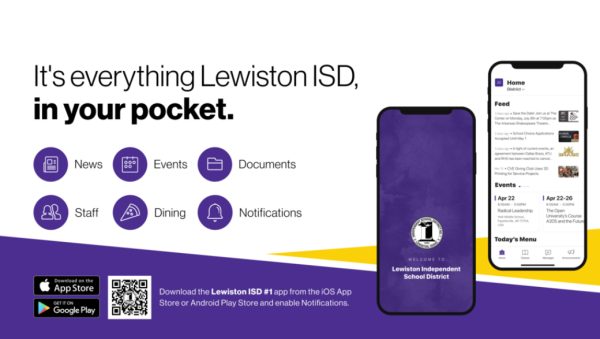FEMA tests ‘Trump text’ alerts followed by mixed results
By Krystal Barber
News Assistant
On Oct. 3 at 2:18 p.m., President Trump sent the first presidential alert to mobile phone users across America.
This message read “THIS IS A TEST of the National Wireless Emergency Alert System. No action is needed.”
There have been a wide variety of responses to the alert system.
The Presidential Alert System was originally created in 2006. Then-President George W. Bush signed the Warning, Alert, Response and Network Act into law. This created the system that sent out the Presidential Alert this month.
Before the first message went out, actor and activist, Alyssa Milano, turned to Twitter to say, “I don’t want this, how do we opt out, @fema?”
The Federal Emergency Management Agency responded to Milano that, unlike emergency alerts and Amber alerts which many phone users can turn off in their settings, presidential alerts cannot be turned off.
Many people agreed with Milano, stating on twitter that they did not want to receive any messages or alerts from President Trump.
Then at 2:18 p.m., Oct. 3, alarms went off across the country. Though many people expressed anger about it, there are people who believe the system is a good idea.
Nadia Flores, a senior at LHS, received the alert along with the rest of the country Oct. 3. She believes that in the case of an emergency, the alerts are a good way for the country to be aware of its situation. And she wouldn’t opt of them if possible. “I want to be in the know of what is happening whether or not I like it,” Flores said.
But a large amount of the population did not receive the message, according to Wired.com.
To address this confusion, in a statement FEMA said the reasons a person may not have received the message include having phones that are not compatible with the alert system, phones outside of range, phones on airplane mode, or phones in use for a call during the alert.
In the future, the system should alert phone owners of any nationwide emergency situations, such as a major terrorist attack, according to The Washington Post.





